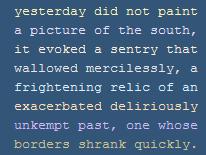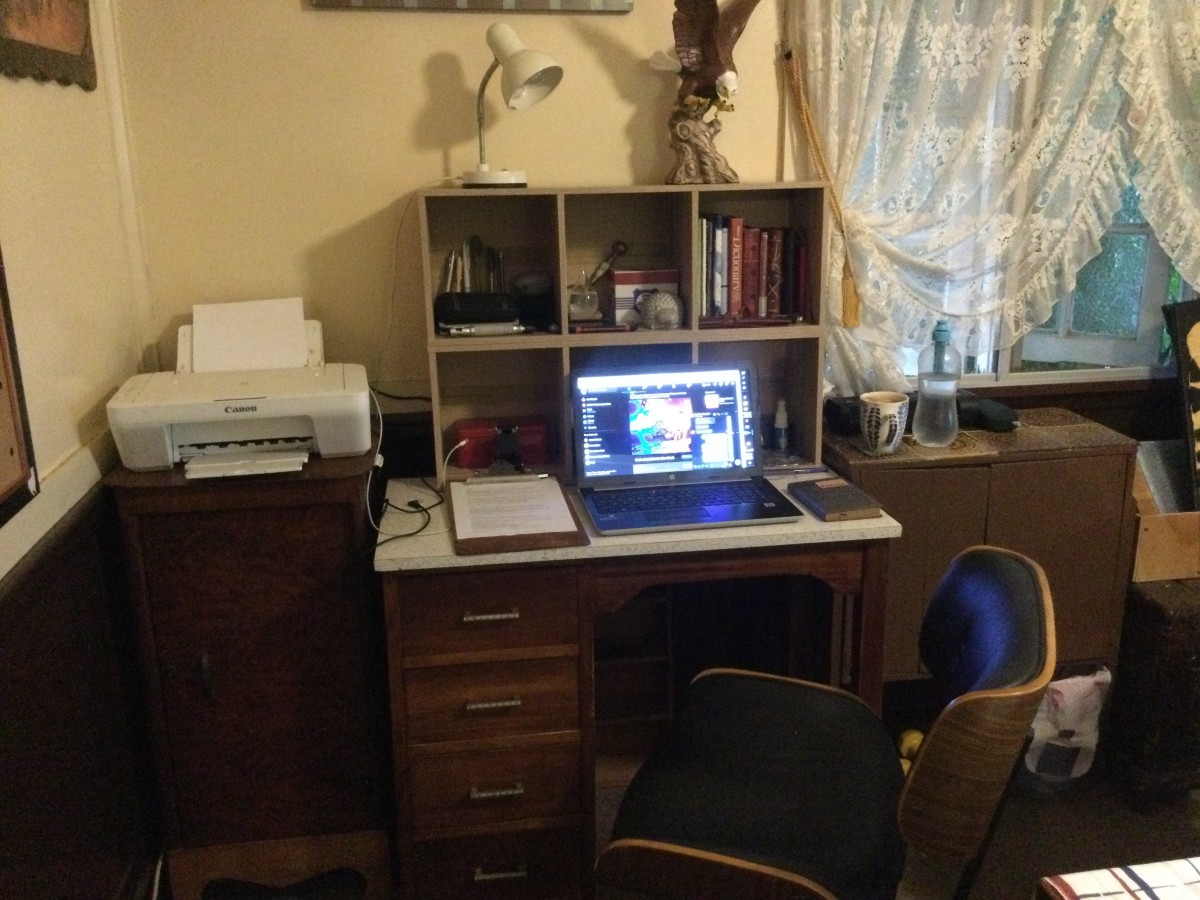How to write a brick

What is a brick?
By definition, a brick is a poem written using a fixed width font where each line has an equal number of characters. The number of characters wide a brick is, and the number of lines there are can vary from brick to brick, but one brick will have the same number of fixed width characters.
History of the brick
Back in my BBSing days in the late 80's I started to write these poems as the BBS software that existed at the time only operated using a fixed width font. I thought it would be a vocabulary challenge to compose a post where each line was of an identical length, and thus was the brick born. The BBS software also allowed for different coloured fonts, so I would apply a different colour to each line of the brick. When I started posting bricks to the alt.good.morning newsgroup colour was no longer available, so bricks became monochrome. More recently when I started blogging, I could go back to using different colours, though I have not always done so.
How to Write a Brick
With the advent of the internet brick writing became much simpler. When I first started writing them I had to rely only on my own vocabulary, but now you can easily search for lists of words by word length. In any case, any brick will start with a first line that can be of any length as it does not have to match a preceding line's length. Here is an example of a first line:
This is a brick that is not
So, for a first line that is pretty easy. The tricky part now is to write the second line that is equal in length to the first one, so my first attempt was this:
This is a brick that is not
made of oranges or lemons
Now you can see that there are only two remaining spaces to be filled here, and there is no word or punctuation mark that would make sense here, so we take the last word and replace it:
This is a brick that is not
made of oranges or limes, I
If removing only the last word was insufficient to find a replacement word that would fill the line, remove the last two or three words to rewrite the new line to have it fit. For example, instead of only replacing the lemons with limes I could have gone back three words and written
This is a brick that is not
made of floors or ceilings,
So all that remains is to repeat the instructions above until the brick is complete. How can we tell if a brick is complete? Normally I try to end a brick with the end of a complete sentence, sometimes including the appropriate punctuation mark and other times not. So here is how I finished mine:
This is a brick that is not
made of oranges or limes, I
should know. I wrote these
lines to create this brick.
Brick contents
Early attempts at composing bricks can result in nonsense or simple ideas being presented. As brick writers obtain more experience through practice, multiple interpretations can be imbued into the brick to allow for various layers of understanding.
The example in the How to write a brick part of this post is a simple one. An example of a brick that is more involved is this:
feign wisdom and ignite the decision into a red herring. Ice makers are sleds without wings, on top of the world while, ignoring the sky, flour prices are skyrocketing
What is the intention of this brick? What does it mean? There is a message, or even more than one message, so clearly this is a more complicated brick.

Conclusion
Take a stab at writing one, post it somewhere that you know that you can set the font to be a fixed-width font. Here at hubpages the preformatted format is what allowed me to produce the fixed with. In pure HTML the <pre> tag will do it, and in MS Word or other software where you can pick a font the Courier font is a fixed width one.








